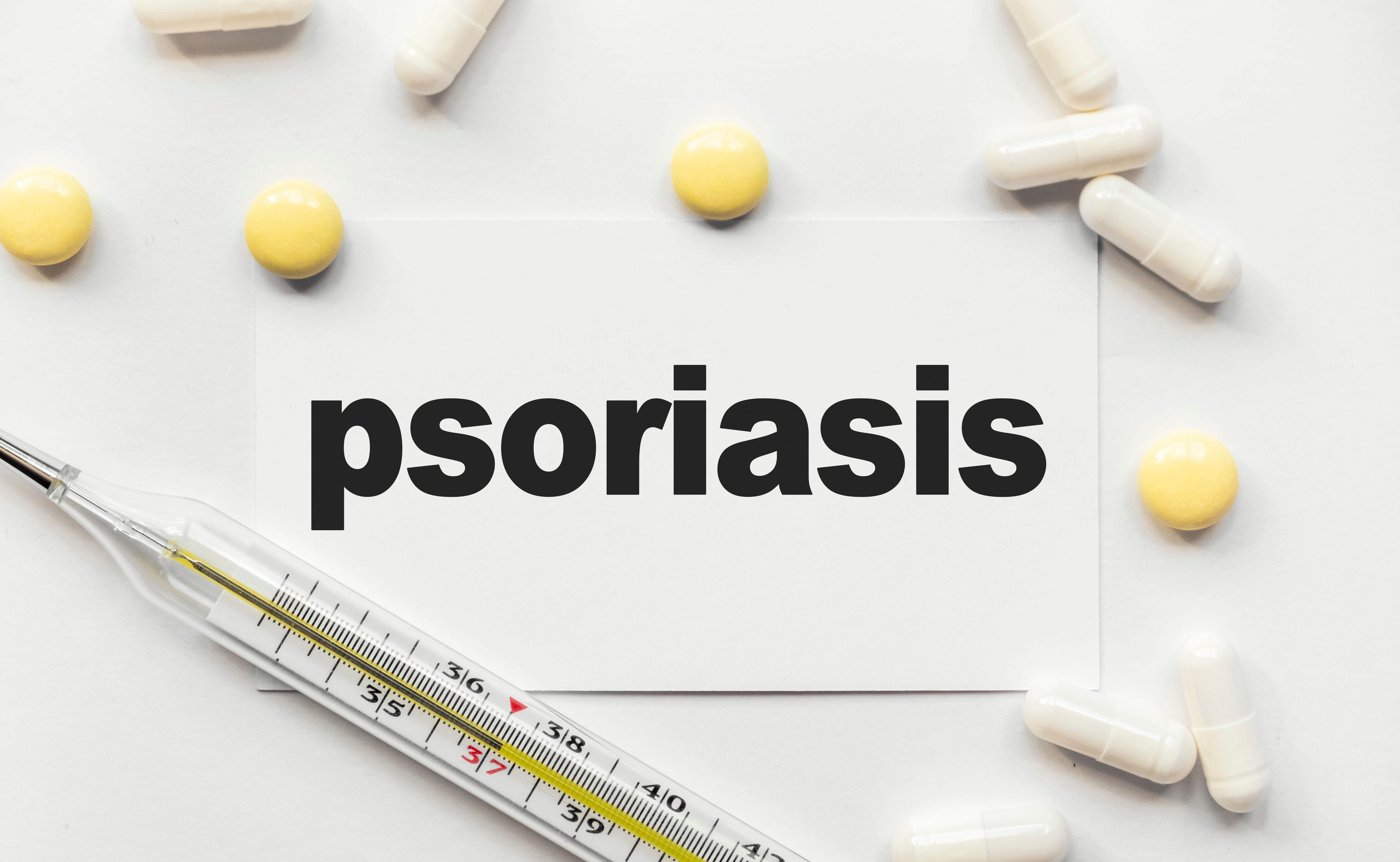Article
Providers Need to Heed Metabolic Syndrome's Complications for Women
Author(s):
A recent study in the International Journal of Women’s Dermatology described the complex interplay of sex hormones in the pathways of metabolic syndrome (MetS) in pre- and postmenopausal women and how clinicians should be aware of the multiple factors of MetS.
A recent study in the International Journal of Women’s Dermatology described the complex interplay of sex hormones in the pathways of metabolic syndrome (MetS) in pre- and postmenopausal women and how clinicians should be aware of the multiple factors of MetS.
MetS is made of up interconnected physiological, biochemical, clinical, and metabolic factors, and as such, a multidisciplinary approach is required to address the different factors of MetS linked to skin disease, including inflammatory conditions, such as psoriasis.
The authors said the most recent definition of MetS is made up of 5 equal criteria: elevated waist circumference (WC; within population-specific criteria), elevated triglyceride (TG) levels, elevated fasting glucose, low high-density lipoprotein cholesterol (HDL-C) levels, and elevated blood pressure; at least 3 of these criteria must be met for a MetS diagnosis.
Insulin resistance (IR), hyperandrogenism, chronic inflammation, and oxidative stress are the chief ways skin disease is linked to MetS through various complex interactions. As one example, the authors cited the chronic inflammation that is often linked to obesity, which makes IR more likely.
Sex hormones have complex relationships with MetS, IR, obesity, dyslipidemia, and inflammation. High testosterone, low sex hormone-binding globulin, and low estrogen levels increase the risks of MetS, cardiovascular disease, and type 2 diabetes in women.
Certain inflammatory skin conditions, such as hidradenitis suppurativa and psoriasis, increase the risk for MetS, and some cutaneous diseases are mediated by sex hormones, including polycystic ovary syndrome, acanthosis nigricans, acne vulgaris, and pattern alopecia; these women have increased risk for MetS.
Regarding psoriasis, the researchers noted that patients with this systemic inflammatory disorder have a higher prevalence of MetS, both in pediatric and adult populations, with the link between the 2 directly correlated with the severity of psoriasis.
Additionally, psoriasis is an independent factor for CVD, and again, the severity of the disease is a risk factor of CVD. Patients with psoriasis have a higher incidence of CVD than the general population; even patients with a mild presentation of psoriasis have a higher risk for heart attack. Patients with psoriasis also appear to have greater difficulty controlling hypertension, and women with psoriasis are at high risk for hypertension.
Women with psoriasis are at increased risk of diabetes independently of their body mass index (BMI), and the likelihood of IR relates to psoriasis severity.
Obesity is another independent psoriasis risk factor, and the risk in women rises as BMI rises. Losing weight has favorable effects: The authors noted that heterogeneous randomized weight loss clinical trials demonstrated that people lost weight had a greater reduction in psoriasis severity compared with controls. In addition, patients who treated their psoriasis with biologics saw a greater response after losing weight.
Given that MetS, IR, and CVD can be found in a wide range of skin conditions, providers should be familiar with the link between them and recognize relevant comorbidities. An early diagnosis of MetS is crucial and can spur counseling for lifestyle changes, with particular attention to managing IR, screening and management of HTN, and tight glycemic control.
Reference
Misitzis A, Cunha PR, Kroumpouzos G. Skin disease related to metabolic syndrome in women. 2019; Int J Womens Dermatol. 5(4);205-212. doi: 10.1016/j.ijwd.2019.06.030




